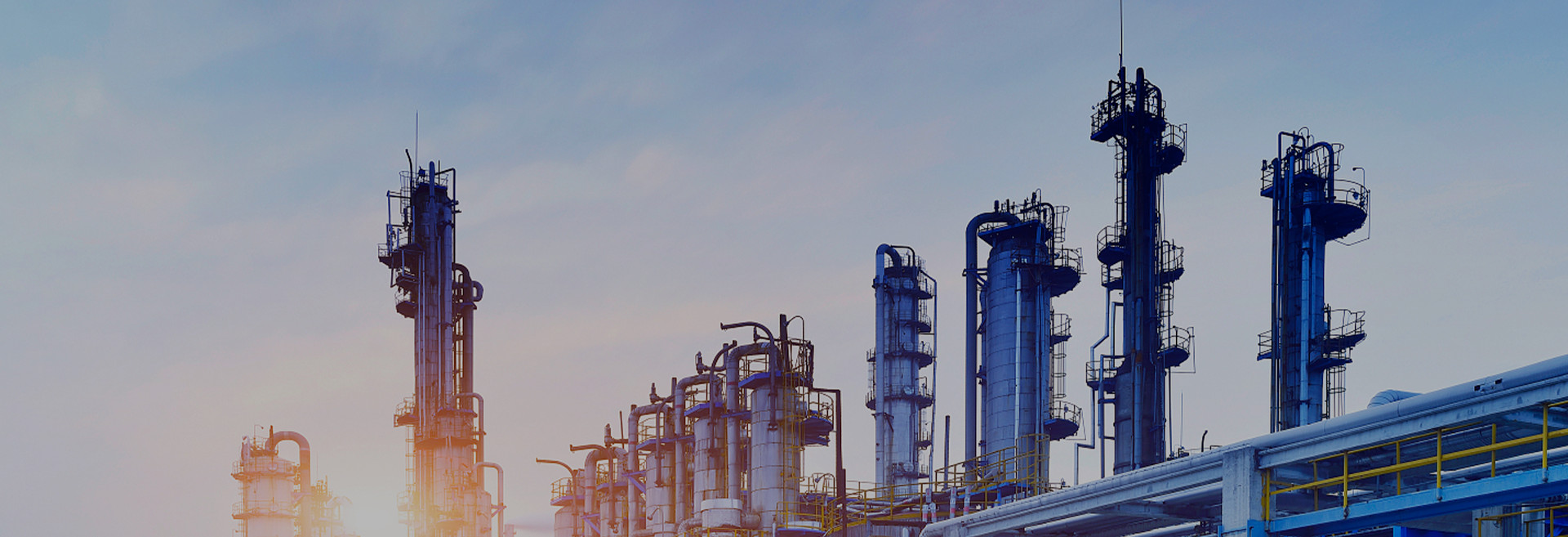Carbon monoxide is the most hazardous toxic gas in the fumes of gas-fired appliances, which is inhaled through the human respiratory tract, combines with haemoglobin in the blood, replaces oxygen and generates haemoglobin carbon monoxide, thus causing death due to asphyxiation from lack of oxygen. The effects of various concentrations of carbon monoxide on the human body are as follows:
Effects of Various Concentrations of Carbon Monoxide on the Human Body
Concentration (ppm) Effects on the human body
100 Maximum permissible value
200 Slight headache for 2-3 hours
400 1-2 hours headache, nausea
800 45 min cramps, 2 h coma
1600 20 min spasm, 2 h death
2400 15 min spasm, 1 hr death
3200 5 min spasm, half hour death
6400 10 minutes to death
As can be seen from the above table, once the carbon monoxide content in the air exceeds 800ppm, it will cause a person to go into spasm (i.e., to lose the ability to control their own activities, and be powerless to prevent further deterioration of the environment, which will lead to the risk of coma and death). Therefore, for normal people, indoor carbon monoxide concentration of 800ppm is an important limit value, more than this value, that is to become a dangerous environment for poisoning. Under what circumstances can the concentration of 800ppm be reached? It is measured, in a volume of 12m33 (that is, the area of 4 square metres) in the kitchen with doors and windows closed, an ordinary double-eyed stove (refers to the smoke indicators in line with national standards of the product, that is, the carbon monoxide content of the flue gas is converted to the residual air coefficient of α = 1, is not greater than 0.05%, the heat load of about 20MJ / h), the use of continuous for 65 minutes can be made to determine the carbon monoxide content of the interior to reach 800ppm, and If an older, direct-vent water heater with an output of 5 litres/minute is used in the same room, it takes only 11 minutes to reach this value. This suggests that the carbon monoxide limit value is easily reached with poor ventilation. And as there are many people who take baths in winter with windows and doors closed, there are reports every year of deaths due to improper use of gas water heaters, and carbon monoxide poisoning is the main cause.
Considered from another angle, we also made another comparison test. On a serious exceeding the direct-vent water heater (carbon monoxide content in the flue gas is more than double the national standard, that is, α = 1, CO = 0.1%), installed in a well-ventilated room, the room volume is only 4m3 (that is, the area of about 1.3 square metres), continuous operation of 1 hour, the indoor carbon monoxide content has not been more than 60 ppm, so that the indoor air environment is safer, fully compliant with indoor health standards. This indoor air environment is relatively safe and fully complies with the indoor hygiene standard. Why is it that the prolonged operation of a “defective” water heater will not deteriorate the hygienic conditions of the indoor environment, whereas a “qualified” combustion appliance in a closed room will create problems that will kill people? This is obviously determined by the key condition of ventilation. Therefore, Japan’s gas water heater standards in strict provisions: direct-vent water heater installation room, must be installed ventilation fan to ensure that the ventilation. Of course, of course, this is by no means that the manufacturing quality of the combustion appliances is irrelevant, but rather that: good ventilation is to ensure that the indoor air satellite quality of the decisive conditions (even if it is installed in the combustion appliances exhaust quality is substandard).
General requirements, the indoor carbon monoxide content of not more than 24ppm (0.0024%), in order to achieve this standard, for the use of fuel-burning appliances in the room, the best way is to strengthen the ventilation, but the amount of ventilation should be mastered appropriately. If the ventilation is too large, the room will form a strong air flow, making people feel uncomfortable, and may affect the normal combustion of the flame of the burner. If in winter, too much ventilation will make the indoor temperature drop too much. Ventilation is too large, but also increase the mechanical power consumption and mechanical noise, and will cause a new source of pollution. If the ventilation is too small, the purpose of ventilation is not achieved.
Post time: Feb-20-2024

